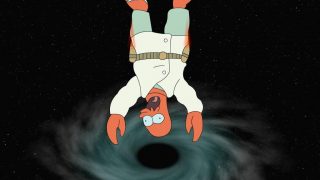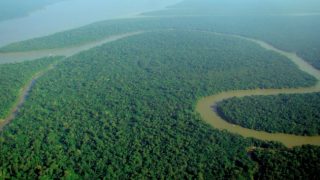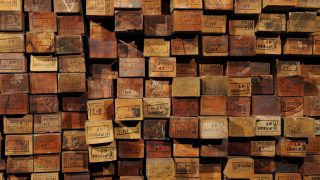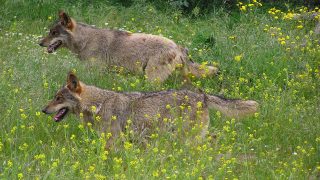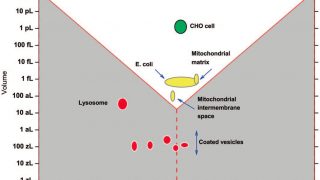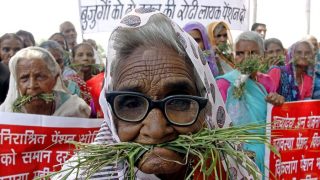
Cellulose conversion to starch, a promising strategy for future global food demand
Carbohydrates are molecules composed of carbon, oxygen and hydrogen. They are formed of at least three atoms of carbon. Monosaccharides are the simplest carbohydrates and they cannot be hydrolyzed to smaller carbohydrates. Among the monosccharides we find glucose or fructoses which are formed of six atoms of carbon or glyceraldehyde which is composed of three […]

